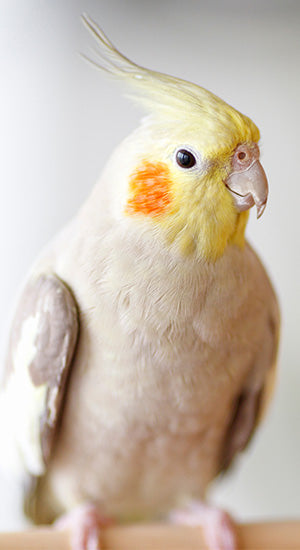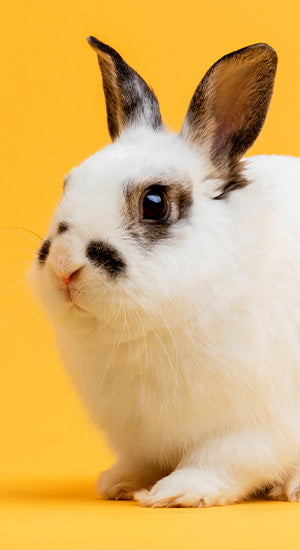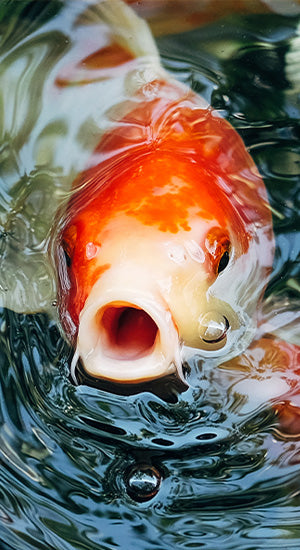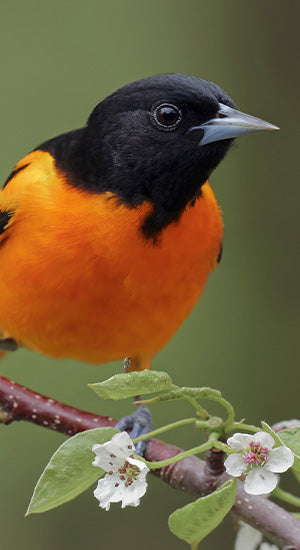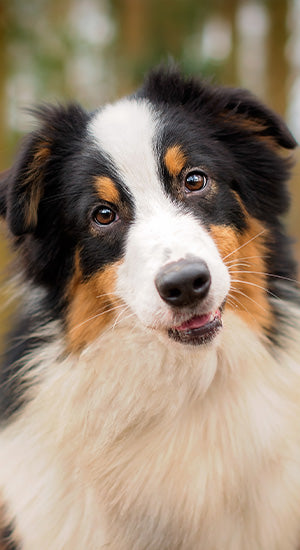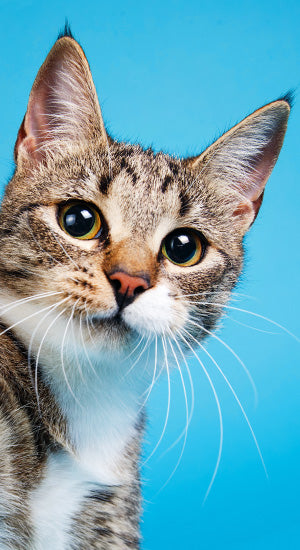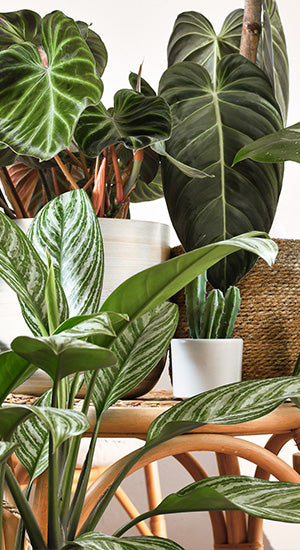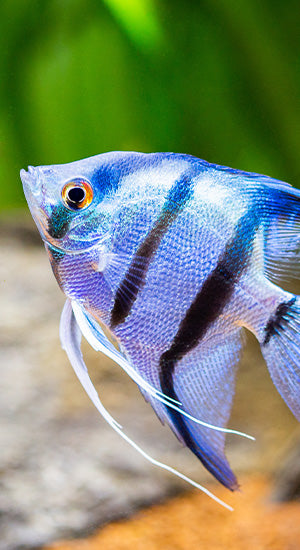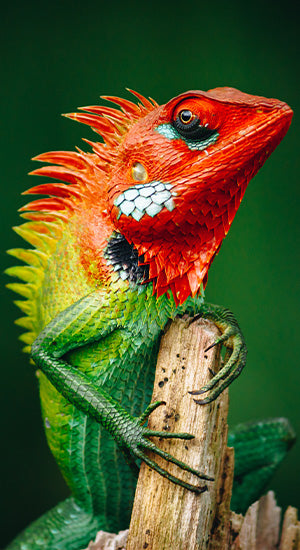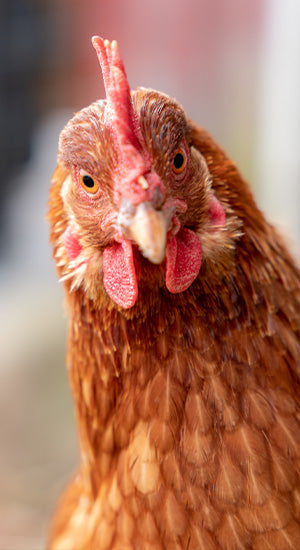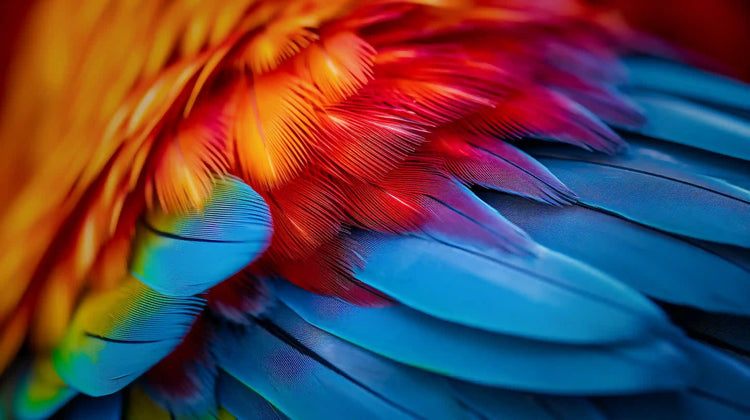
Caique (kai-eke) Parrot ( Pionites melanocephalus and Pionites leucogaster) are stocky parrots (about 9-10 inches long) with very bright plumage and short, square tails. They generally weigh 150-170g and it has been thought that White Bellied Caiques weigh more than Black-Headed Caiques. These parrots are endemic to the Amazon Basin in South America, with the White Bellied living south of the Amazon Basin, and the Black Headed living North. Caiques can live an average of 40 years in captivity and tend to subside in canopies and high trees where they like to forage and play.
Fun Facts!
-
Caiques love to jump and run
-
Tend to walk more than fly
-
If exposed to enough sunlight, the white eye rings will darken
-
Australia is breeding Par Blue Caiques!
The White-Bellied Caique (Pionites leucogaster) has 3 subspecies:
- Green-Thighed (P. l. leucogaster)
- Yellow-Thighed AKA White-Bellied (P. l. xanthomeria)
- Yellow-Tailed (P. l. xanthurus)
The Black-Headed Caique (Pionites melanocephala) has 2 subspecies:
- Black-Headed (P. m. melanocephala)
- Pallid (P. m. pallida)
Green-Thighed
Personality
Caique parrots are known as the clowns of the bird world due to their bright plumage and funny personalities. People are drawn to their comedic behaviour and intelligence. Caiques can learn to speak fairly well and love learning tricks! However, these birds can also be quite mischevious and should be supervised at all times. Caiques love to interact with others and can get very loud if they do not receive the attention they require. Caiques tend to bond with few people and can be very protective of their chosen person/people. These parrots do not often get along with other birds and should be supervised when around other birds. Although playful, these birds can be aggressive and have a strong bite. Caiques are known to have a 10 minute attention span. What this means is that after 10 minutes, they tire of their current activity and want to move on. Caiques first instinct is to bite whatever they are bored with (to communicate their disinterest) and owners are advised to really learn their bird's body language so that they know when their bird is tiring of things and avoid a bite.
White Bellied/Yellow-Thighed
Pros
- Fun and playful
- Good talkers
- Learn tricks
- Form strong bonds
- Very social
Cons
- Loud
- High maintenance
- Impatient
- Bite for no reason
- Protective of mate
Diet
Caiques are very active birds and should have access to fresh pellet and water at all times. Fruits and vegetables can be given every day. Nutri-berries and other treats are a good way to reinforce good behaviour or encourage trick training. Almonds, cashews and walnuts are all popular treats as well.
Housing
Caique’s benefit from a larger cage. It is also a good idea to get a cage with a grille in the bottom as many Caiques like to walk on the bottom of the cage. These birds can be quite messy so a removable grille will make your life a lot easier! Caique’s can display aggressive behaviour when placed above eye level so some owners choose a cage with a round top and use a play stand for out of cage time.
Caiques are very active birds and require stimulation at all times to keep them happy. Their cage should have toys of various materials and textures to keep your bird interested and amused when you are away. Caiques are very versatile in their toy preferences so feel free to shop outside the bird section to find your Caique new toys - as long as they are bird safe!
Breeding
Breeding Caique's is not easy. The pair must be bonded before nesting will begin. Be careful when putting two Caiques together as they may not bond and can get quite aggressive towards each other. Introduce the nest box in a dark, secluded section of the cage with some nesting material inside it. The clutch is normally 2-4 eggs and the female will incubate for about 27 days. The male will feed the female while she is brooding and will join her in the nest multiple times during the day. Eggfood and fresh fruits and veggies should be given daily along with a pellet diet.
Black Headed:
Tips From Caique Owners:
-
Get a cage with good locks, they’re smart enough to figure out how to escape
-
Have a grill at the bottom of the cage - they like walking and we don’t want them walking in their poop
-
Don’t get one if your neighbours are close enough to hear!
-
These are not beginner birds, even if you really want one, it may not be a good fit
Do you have a Caique? If so, comment below some of the toys and treats they love as well as any other tips that can help others discover if this bird is right for them!

